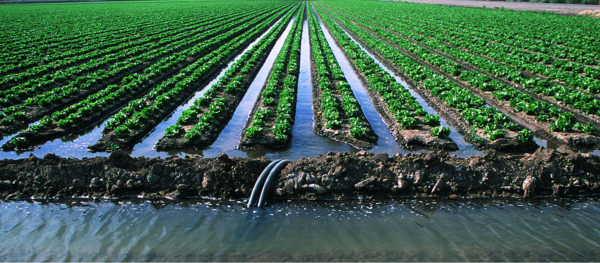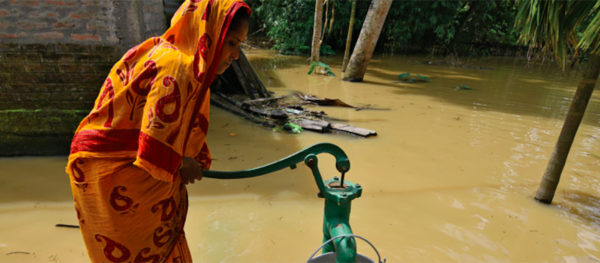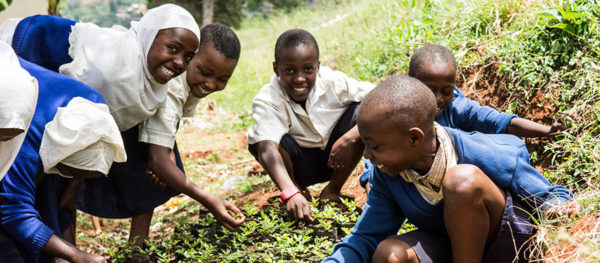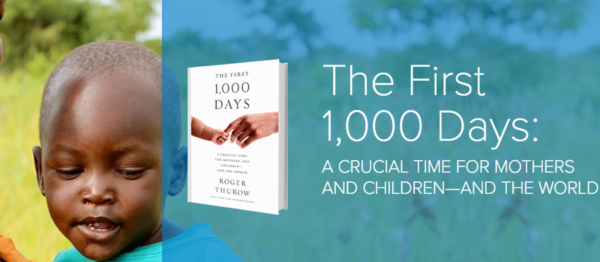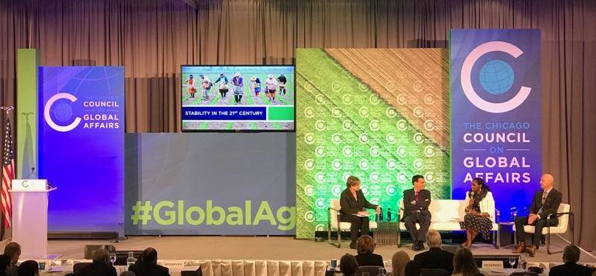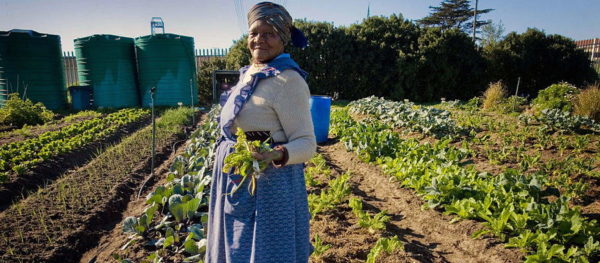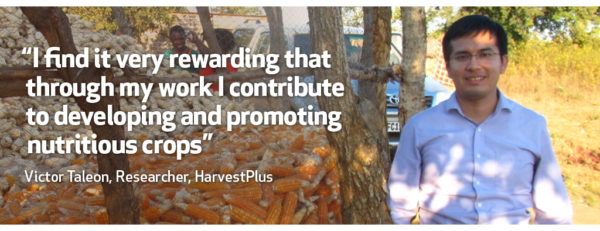Tag: Chicago Council

Chicago Council Global Food Security Symposium 2019 Sets Sight on Managing Water for a Nutritious Food Future
Northern America: This year's symposium focused on the drivers and solutions to water stress, and how large and small actors alike can all contribute to safeguarding water for global food security.
Read MoreNew Report Outlines Strategies for Food and Water Security
Global: The Chicago Council on Global Affairs has released the new report: ‘From Scarcity to Security: Managing Water for a Nutritious Food Future’.
Read MoreHow Can African Youth Deliver Agriculture Transformation?
Africa & Middle East: Sithembile Ndema Mwamakamba of FANRPAN shares steps for helping African youth realize their potential to transform the continent's food systems.
Read MoreBook Review: The First 1,000 Days
Africa & Middle East: Farming First reviews Roger Thurow's book, The First 1,000 Days, a movement that aims to end the devastating effects of malnutrition by focusing on the formative first years of newborns.
Read MoreGlobal Food Security Symposium 2017: Making Food Security the Focus in Uncertain Times
Global: Farming First reports from the Chicago Council's Global Food Security Symposium 2017, where it launched its Stability in the 21st Century report on peace and prosperity.
Read MoreEnding Hunger Is Within Our Grasp
Global: Distinguished fellow at the Chicago Council on Global Affairs reflects on progress towards zero hunger and the challenge that lies ahead ahead of the Global Food Security Symposium.
Read MoreCan We Turn Generation Yum into Generation Ag?
Global: Farming First Co-Chairs Robert Hunter and Yvonne Harz-Pitre publish an article on Global Food for Thought asking how we can entice millennials into agricultural careers.
Read More